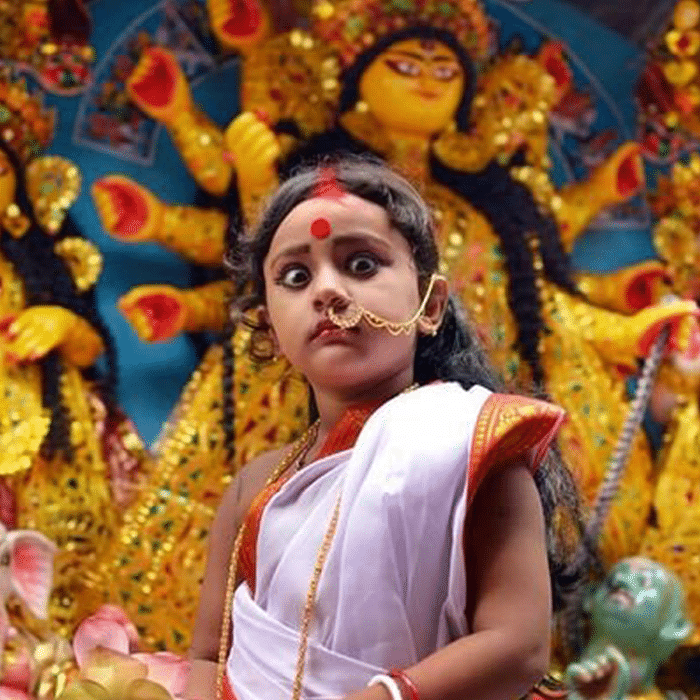Bollywood film director Sanjay Leela Bhansali is well known for his grandeur in movie making. Be it his plays back on stage or television series and movies, each is a piece of classic epic portrayed on the silver screen. It has been almost a trait in Bhansali’s movies to showcase women as deeper and stronger protagonists than their male counterparts. The director dives into the never-ending layers of the women’s conscience and brings out breathtaking examples for us to be remembered for ages.
One of such movies was ‘Devdas’ where he depicted two female protagonists namely, ‘Chandramukhi’ (Madhuri Dixit) and ‘Paro’ (Aishwarya Rai Bachchan) who played the roles of a courtesan and a noblewoman respectively. Situated on the banks of Ganga, Kolkata, where the story is based, there is an astonishing custom of mixing the soil from the brothels in the raw clay to create Durga idols.
Bhansali has portrayed this custom in a very dramatic yet beautiful manner in the following scene where Paro visits Chandramukhi to get the soil or ‘Punya Mati’ from her backyard. This speaks of the clashes and depth of sentiments of women from different strata of society.
So, Where Does This Custom Come From?
This custom comes from West Bengal, India, which has the largest red light area in the world. Yet ironically none can deny that women from this state are revered no less than a Goddess. This custom itself is the reflection of their society. With time, as Durga Puja spread to other states and then to different countries, the same custom, is being followed all over the globe to celebrate the unsung, downtrodden ‘womanhood’.
What Is Punya Mati?
“Punya Mati” is a mixture of cow urine, Ganga’s clay, cow dung, and a little bit of “nishiddho palli” or the mud from the forbidden land of harlots (Sonagachhi, red light area, Kolkata).
The priest of the temple has to literally beg at the doorstep of the brothel to procure this quintessential clay for idol making. Moreover, he chants Vedic mantras to purify those women and honor the holy soil from her backyard.
What Are The Reasons That Define Such Reverence?
1. The purity of soil
It is said that whenever a man visits a prostitute, he leaves behind his purity and virtue on her doorstep. So, all that goodness and nobility mixes with the soil surrounding her home. This soil is later used to create the idols as it is very well-identified and related to sanctity.
2. 9 elements of woman as per Vedas
According to Vedas, there are nine classes of women known as Navkanyas who are to be worshipped during the Durga Puja such as Nati (dancer/actress), Vaishya (prostitute), Rajaki (laundry girl), Brahmani (Brahmin girl), Shudra, Gopala (milkmaid). As the Vaishyas are part of the revered kind, they are honored through this ritual of procuring soil from their backyards.
3. Purging sins
It is believed that the path these women have chosen is a sin in itself, and for that reason including the soil of their land for Durga idol making, purifies them in the process. Also, while they hand over the soil to the priest, amidst the mantras enchanted by the latter, the souls of these prostitutes are unburdened.
4. She is the Goddess for all
Sex workers are an abandoned section of society throughout the year. Only this one occasion makes us see them as mere devotees of the Goddess. Such inclusion is soothing to the souls of both kinds, the ones who serve men, and the ones who are privileged to be civilized.
5. The woman power
According to Indian mythology, during the epic fight between the Goddess and the demon, ‘Mahishasur’(the demon) made attempts to molest ‘Durga’(the Goddess) who was the most beautiful woman in all creation. But in the end, an enraged ‘Durga’ destroyed the ‘asur’ (demon) with her Trishul. Thus, the entire Durga Puja is an act of paying respect to womanhood and that includes the women who serve masculinity for a living.


